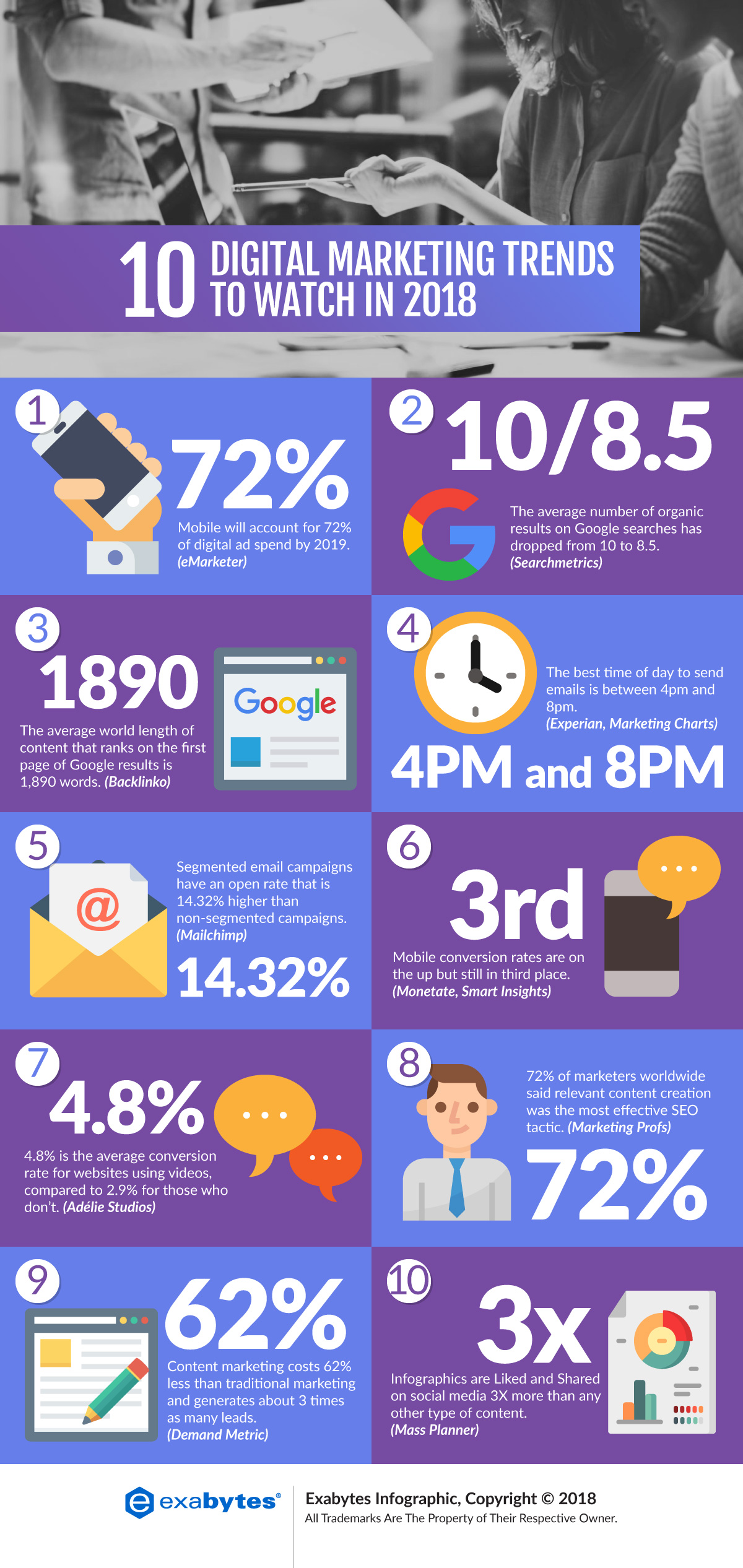The History And Development Of Pediatric Dentistry: A Look Back, Present Patterns, And Future Advancements
The History And Development Of Pediatric Dentistry: A Look Back, Present Patterns, And Future Advancements
Blog Article
Short Article Written By-Linnet Rouse
As you check out the complex trip of pediatric dental care, mapping its development from the past to today and glimpsing right into the future, you'll discover a tapestry woven with technology and care. From historical turning points to current trends and future possibilities, the landscape of pediatric oral care is ever-changing and filled with potential. Ready to reveal your domain name of how this field continues to adapt and flourish, ensuring brighter smiles for generations ahead?
Historical Milestones in Pediatric Dentistry
Throughout background, pediatric dental care has seen significant advancements and milestones that have actually shaped the area into what it's today. One crucial landmark was the establishment of the first oral college in 1840, where dental care began to be identified as a specific area needing certain knowledge and skills. As the field developed, the very early 20th century saw the intro of oral X-rays, changing diagnostics and treatment preparation for pediatric individuals. In addition, the development of fluoride treatments in the mid-20th century dramatically boosted preventive care and reduced the prevalence of dental caries in youngsters.
Another turning point in pediatric dental care was the development of the American Academy of Pediatric Dentistry in 1947, which intended to advertise ideal oral health for youngsters. This organization played a critical function in establishing requirements for pediatric oral care and progressing research in the field. These historical landmarks laid the foundation for modern pediatric dentistry, highlighting the value of specialized care for children's dental health.
Current Trends in Pediatric Dental Care
Integrating ingenious innovation and individualized preventive methods, modern pediatric dental care remains to adjust to the advancing requirements of young patients.
The adhering to patterns display the existing landscape of pediatric oral care:
1. ** Digital Dental care **: Digital impressions, 3D imaging, and CAD/CAM modern technology are transforming the way pediatric dentists diagnose and treat oral health concerns in youngsters. These improvements enhance precision, performance, and patient convenience during oral treatments.
2. ** Tele-Dentistry **: With the increase of telemedicine, tele-dentistry has actually become a convenient method for pediatric dental professionals to provide examinations, follow-ups, and even particular treatments remotely. last impressions improves accessibility to care, particularly for individuals in rural or underserved locations.
3. ** Preventive Focus **: Pediatric dental care currently positions a more powerful focus on safety nets such as sealants, fluoride treatments, and very early orthodontic interventions. By advertising good oral health routines and normal dental visits from a young age, professionals intend to avoid dental concerns before they rise.
Future Developments in Pediatric Dental Care
Looking ahead, pediatric dentistry is positioned to introduce cutting-edge modern technologies and cutting-edge strategies to additionally improve the oral healthcare of young patients.
One exciting development coming up is making use of 3D printing in developing custom-made dental devices like braces and mouthguards, using an extra exact and comfortable fit for children.
Furthermore, virtual reality (VIRTUAL REALITY) technology is being checked out to help reduce oral anxiousness in young people by providing immersive disturbances throughout procedures.
Nanotechnology is one more area of interest, with the possible to create nanomaterials that can remineralize teeth and protect against tooth cavities better.
Tele-dentistry is additionally getting grip, allowing for remote consultations and tracking, which can particularly profit kids in rural or underserved locations.
In addition, hereditary testing may quickly play a role in tailored preventive care, determining kids's proneness to specific oral health problems.
These technologies indicate an interesting future for pediatric dentistry, assuring boosted outcomes and experiences for the youngest oral clients.
Conclusion
As you reflect on the development of pediatric dental care, keep in mind that advancements in technology and customized treatment continue to shape the field.
Picture a kid called Emily, that took advantage of a 3D published oral device that perfectly fit her unique requirements, guaranteeing her comfort and oral wellness.
The future of pediatric dentistry holds interesting opportunities, supplying innovative options to boost the dental experiences of young patients like Emily.
